Localization 101
The Anatomy of a Standard Project
Professional translation and localization projects have a lot of moving parts and, therefore, can be counterintuitive. Our staff are always happy to run things down for you, but here is a reference that you can use to understand how we work and what happens to your content during a normal project.

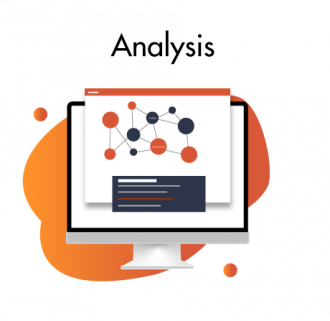
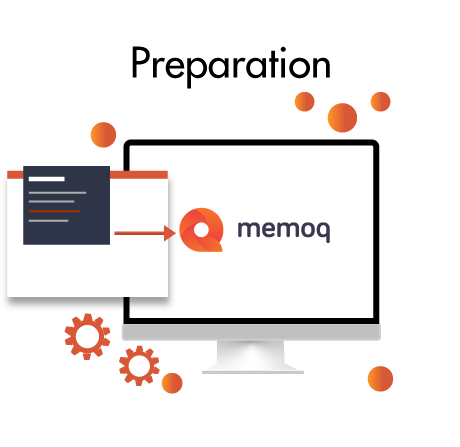
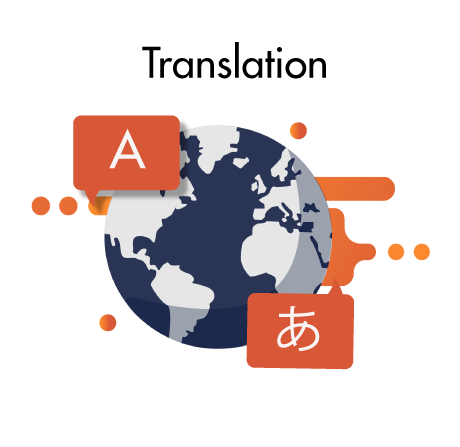
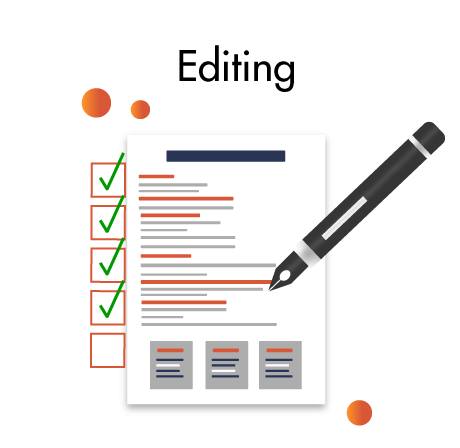
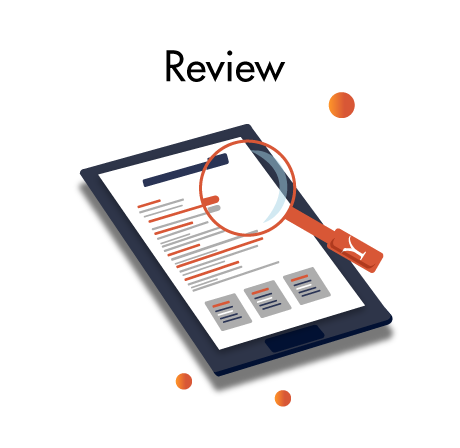

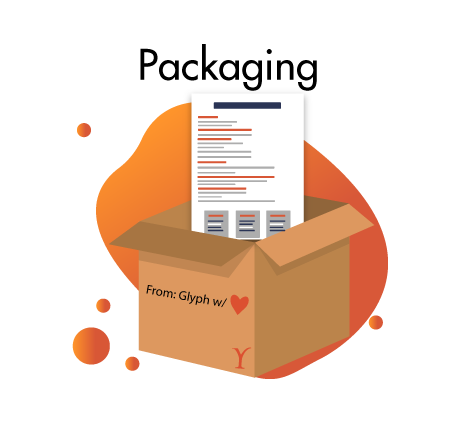
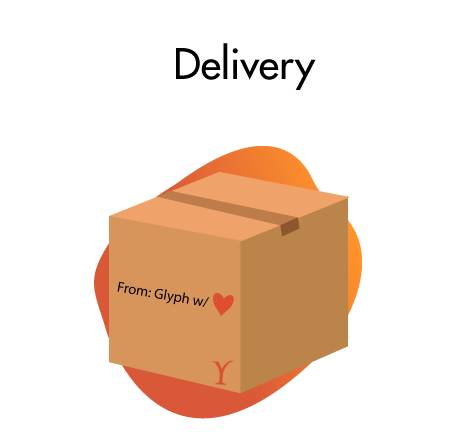
Consulting
Staffing
Native Speakers
Freelancers
Subject Matter Expertise
Core Languages
Glyph has active projects going in more than 100 languages, but a small subset of those represents most of our work. Here are our core languages, which we work in every day. If you need something you don’t see here, just ask and we’ll source it for you!
Translation Memories
Because translation memories are updated with new strings after each project, the more localization projects a client completes, the more data that translation memory will have, and the more valuable it becomes. Many language service providers will export translation memories and give them to clients upon request so if you are considering changing providers, find out if you can bring your translation memory with you.
File Formats We Accept
- .NET resource files (.RESX)
- Adobe InDesign™ (.INDD, .IMDL)
- Adobe Illustrator™ (.AI)
- Adobe PhotoShop™ (.PSD)
- HTML (.HTML, .HMT, .SHT), including HTML5
- Java properties
- JSON
- Microsoft Excel™ 2003 (.XLS, .XML, .XLT)
- Microsoft Excel™ 2007-2013 (.XLSX, .XLSM)
- Microsoft PowerPoint™ 2003 (.PPT, .PPS, .POT)
- Microsoft PowerPoint™ 2007-2013 (.PPTX, .PPSX, .POTX, .SLDX)
- Microsoft Word™ 2003 (.DOC, .RTF, .BAK, .DOT)
- Microsoft Word™ 2007-2013 (.DOCX)
- Multilingual Excel/CSV formats (CSV, TSV, XLS, XLSX)
- Plain text (.TXT)
- PO Gettext files (.PO)
- Rich Text Format™ (.RTF, two-column .RTF)
- Subtitle files (.SRT, .VTT, etc.) XML (.XML)
- XLIFF (.XLF, .XLIF, .XLIFF) YAML
Machine Translation
Many of our clients ask us about machine translation (MT), whether we use it, and how it is different from using CAT tools with translation memories. While CAT tools use technology to streamline the translation workflow at many stages, the output is ultimately generated by human linguists who can analyze content for diction, syntax, context, tone, and dialect. In contrast, machine translation uses computers to analyze and translate text automatically.
Glyph does not currently employ machine translation in production. However, we have been investigating and researching the possibility since 2013. Moreover, in 2015, we designed and ran a study in conjunction with the National Institute of Standards and Technology (NIST), providing quality assessments on machine translation output using human linguists as judges. We have found that at the current state of the art, MT output still requires significant human editing to produce the level of quality that we consider requisite for the kind of projects we undertake.
Machine translation technology is advancing quickly, and for high-volume, low-impact applications such as eCommerce platforms with millions of products, current MT capabilities already make sense. Thus, there are language service providers who use machine translation effectively in the right context. And that’s really the crux of the MT question – it all depends on the context. There are already applications for which MT makes good business sense, and there will always be some creative applications for which human linguists will be the gold standard. For the moment at least, Glyph remains committed to professional human linguists.
LET’S DO THIS!
Don’t need a quote, just want to talk?
Let’s connect!

